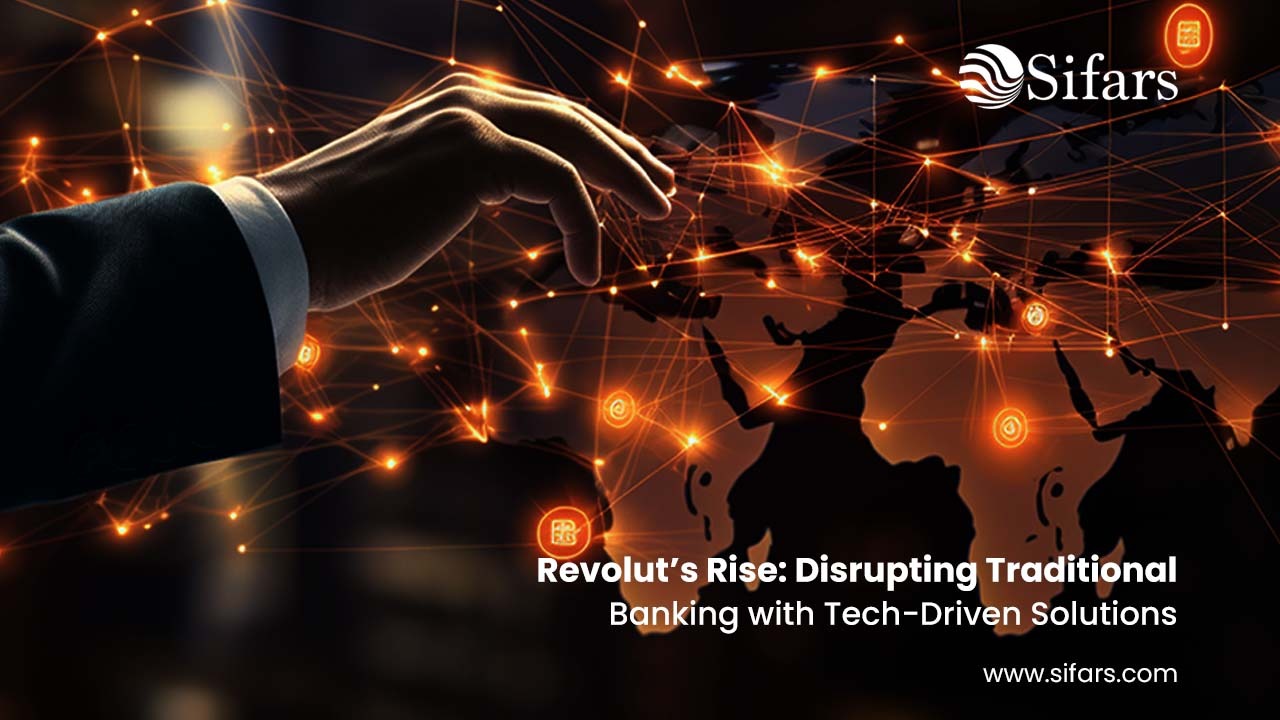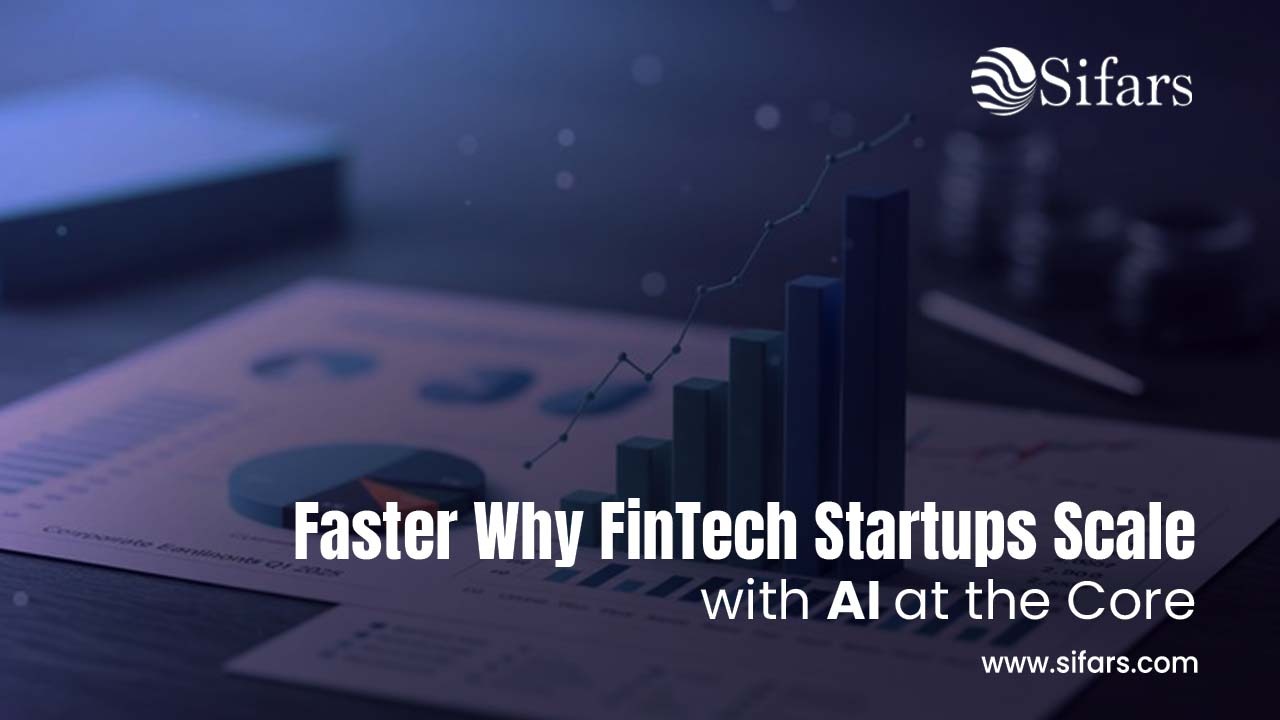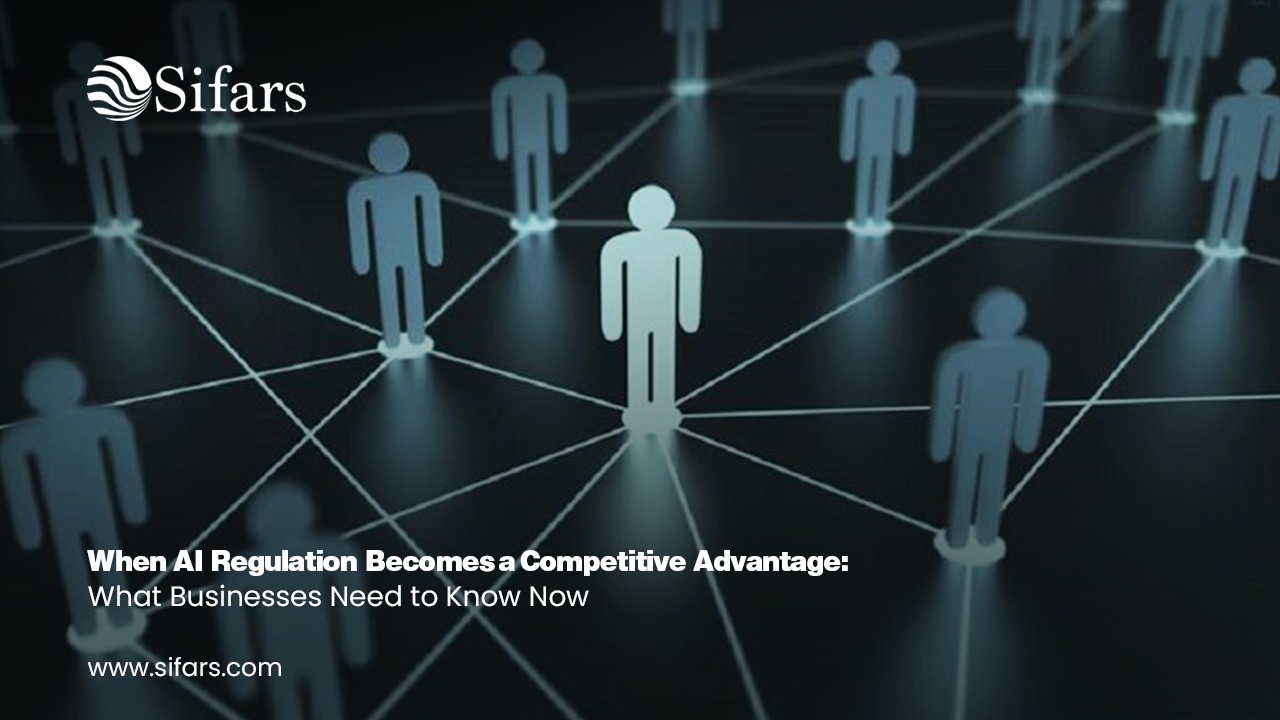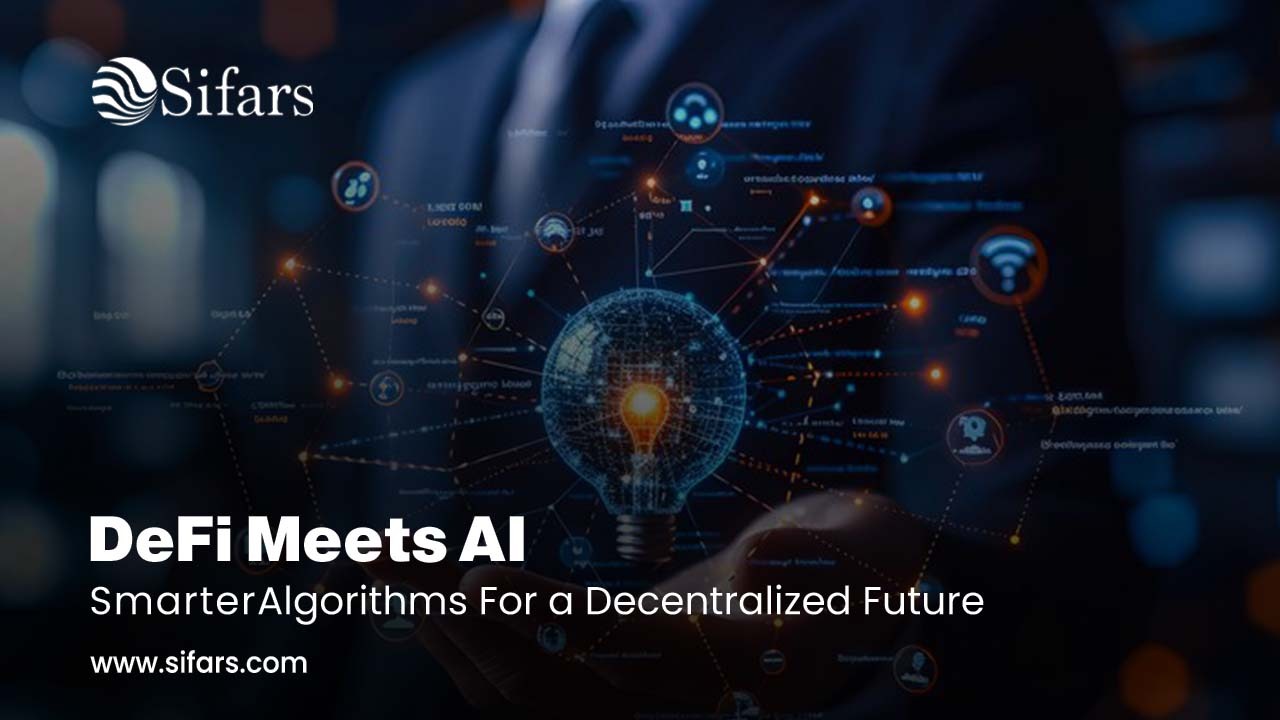The FinTech Revolution
The financial services industry has been notoriously slow to adapt to digital transformation. Traditional banks, weighed down by legacy systems, compliance overheads, and manual processes, often struggle to deliver the speed and personalization customers demand in today’s fast-paced digital economy.
Enter Revolut, the London-based FinTech giant that has redefined banking by using tech-driven solutions and AI-powered innovation to disrupt the industry. In just under a decade, Revolut has evolved from a simple currency exchange app into a super-app for financial services—offering everything from international payments and investments to crypto trading and insurance.
This blog dives deep into how Revolut disrupted traditional banking and what businesses can learn from its rise. More importantly, we’ll connect these insights to the role of AI solutions, AI consulting, and business automation with AI in shaping the next wave of innovation.
Traditional Banking vs. Tech-Driven Banking
Traditional banking models rely on branch networks, paperwork, and rigid approval processes. While this worked in the past, customer expectations have shifted dramatically.
- Speed matters: Customers expect instant account setup, real-time payments, and 24/7 support.
- Globalization demands flexibility: Cross-border payments, multi-currency accounts, and crypto adoption are now must-haves.
- Data-driven personalization: Customers want banks to anticipate their needs, not just react.
Revolut spotted this gap early and leveraged artificial intelligence services, mobile-first design, and cloud-native infrastructure to deliver a banking experience fit for the digital era.
Revolut’s Business Model – Built on Technology
Unlike legacy banks, Revolut wasn’t constrained by outdated systems. Instead, it built its digital-first business model around:
- Multi-Currency Accounts – Users can hold, exchange, and transfer 30+ currencies at real exchange rates.
- Borderless Payments – Instant global transfers without hefty bank fees.
- AI-Powered Fraud Detection – Real-time monitoring detects unusual activity faster than humans.
- Subscription Tiers – Premium models for advanced services like airport lounges and insurance.
- Crypto & Stock Trading – Giving everyday users access to investments at their fingertips.
This model works because Revolut applies AI for businesses across key functions—from transaction monitoring to customer support automation—making operations lean and scalable.
The Role of AI in Revolut’s Growth
AI is at the core of Revolut’s disruption. Here’s how:
1. Fraud Detection & Risk Management
AI algorithms analyze millions of transactions per second to detect anomalies. Unlike traditional rule-based systems, these models evolve with new fraud patterns.
2. Personalized Customer Experience
Using predictive analytics, Revolut recommends financial products tailored to user behavior, spending history, and goals.
3. AI-Powered Chatbots
Instead of waiting in queues, Revolut customers get instant support via conversational AI, reducing costs and increasing satisfaction.
4. Credit Scoring with Alternative Data
Unlike legacy banks that rely heavily on credit history, Revolut uses AI to analyze real-time behavioral data (e.g., spending habits, income streams), making credit more inclusive.
5. Business Automation with AI
AI reduces back-office workloads by automating compliance checks, reconciliation, and reporting.
This heavy reliance on AI proves that artificial intelligence services aren’t just add-ons—they’re the foundation of modern FinTech success.
Key Lessons for Businesses from Revolut’s Journey
Revolut’s rise offers powerful lessons for business owners, decision-makers, and tech leaders:
- Customer-Centric Innovation Wins
Traditional banks optimized for stability; Revolut optimized for user experience. Businesses should use AI consulting to identify customer pain points and design smarter solutions. - Agility Beats Legacy
Startups can outpace giants by being flexible. With AI solutions, businesses can automate processes, adapt faster, and pivot efficiently. - Global Mindset is Non-Negotiable
Revolut scaled globally by solving real problems (like high fees in cross-border payments). AI can help businesses scale internationally by automating compliance, language processing, and risk monitoring. - Data is the New Oil
Revolut thrives because it leverages big data and AI analytics to continuously improve services. Businesses across industries can adopt the same approach.
The Competitive Edge of AI in Banking and Beyond
Revolut is not alone—AI is powering every FinTech disruptor today. From PayPal to Stripe, companies that integrate AI solutions grow faster and smarter.
- AI for customer onboarding reduces friction in KYC (Know Your Customer) checks.
- AI-driven investment tools democratize wealth management.
- Automation in compliance keeps regulatory risks in check.
For businesses outside finance, the same principles apply: AI can automate HR, optimize supply chains, and improve customer engagement.
Statistics That Highlight AI’s Role in FinTech
- 77% of financial institutions are increasing AI adoption to remain competitive. (PwC)
- AI in FinTech is expected to reach $61.3 billion by 2031. (Allied Market Research)
- Companies using AI-driven automation report 30–50% efficiency gains. (McKinsey)
These numbers prove that artificial intelligence services aren’t optional—they’re essential for long-term competitiveness.
What’s Next for Revolut and Tech-Driven Banking?
The future of banking lies in hyper-personalization, decentralization, and AI-powered insights. Revolut is already experimenting with:
- AI-driven wealth management tools
- Integration with blockchain ecosystems
- Enhanced fraud detection with deep learning
For businesses, this means the time to act is now. Leveraging business automation with AI can transform operations today while setting the stage for tomorrow’s opportunities.
Learning from Revolut’s Disruption
Revolut’s rise is a testament to how AI solutions and tech-driven strategies can disrupt even the most established industries. By focusing on customer experience, automation, and scalability, Revolut challenged traditional banking and set new global standards.
For businesses across industries, the lesson is clear: embracing AI consulting and automation is no longer optional—it’s the key to survival and growth.
At Sifars, we help businesses navigate this transformation with custom AI solutions tailored to real-world challenges. Whether it’s streamlining processes, building predictive models, or automating workflows, we make AI work for you.
Ready to explore how AI can give your business a competitive edge? Connect with Sifars today.
FAQs
Q1: How is Revolut disrupting traditional banking?
Revolut uses AI-powered fraud detection, global payments, personalized financial tools, and automation to deliver faster, smarter, and more cost-effective banking solutions compared to legacy banks.
Q2: What role does AI play in Revolut’s growth?
AI helps Revolut with fraud prevention, personalized services, chatbots for customer support, alternative credit scoring, and automation of compliance processes.
Q3: Can traditional banks compete with Revolut?
Yes, but they must invest in digital transformation, AI solutions, and customer-first innovations to match the speed, personalization, and flexibility that FinTechs like Revolut offer.
Q4: How can businesses learn from Revolut’s model?
Businesses can leverage AI consulting and business automation to streamline operations, improve customer engagement, and scale globally—just as Revolut did.
Q5: How can Sifars help businesses with AI solutions?
Sifars provides tailored AI solutions, automation strategies, and consulting services to help businesses adopt artificial intelligence for growth, efficiency, and innovation.









